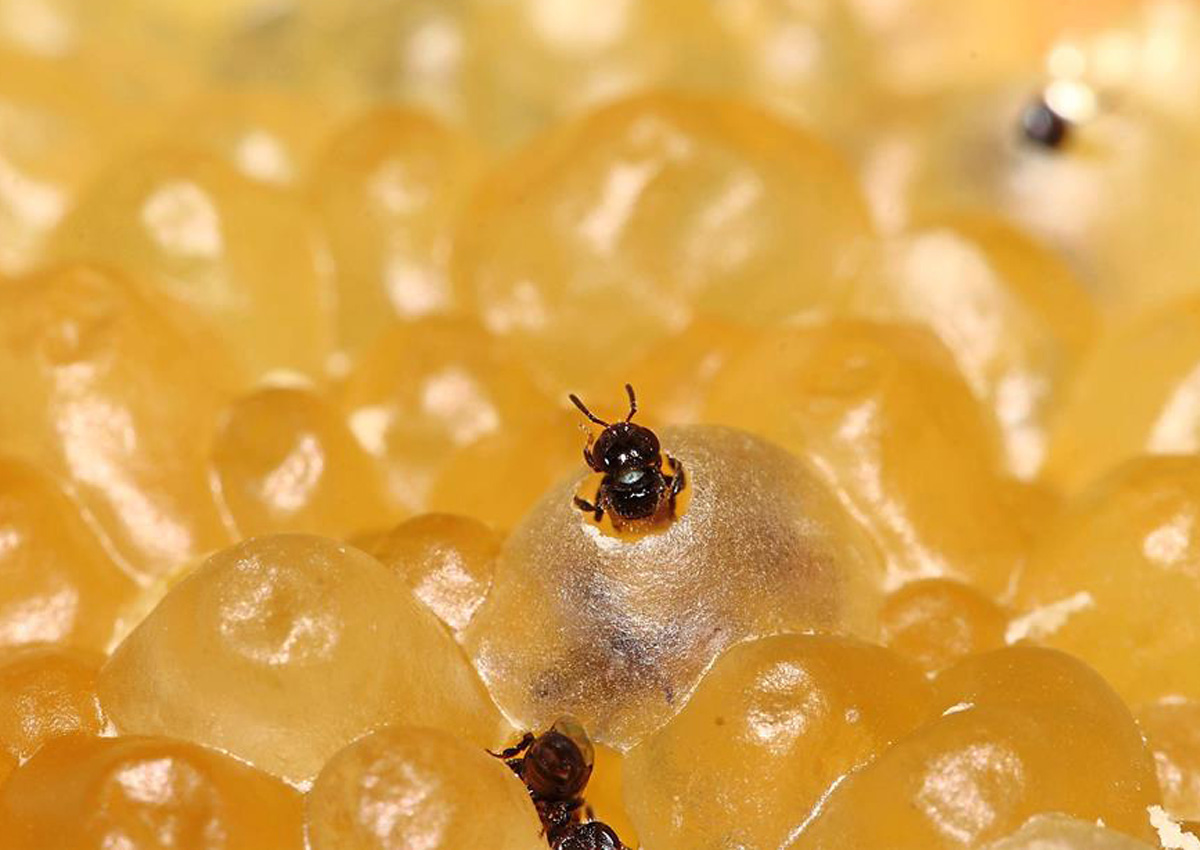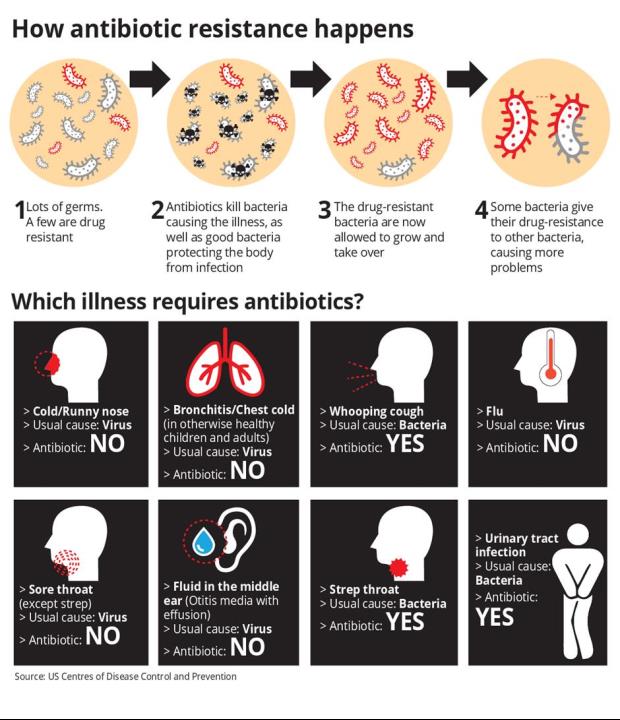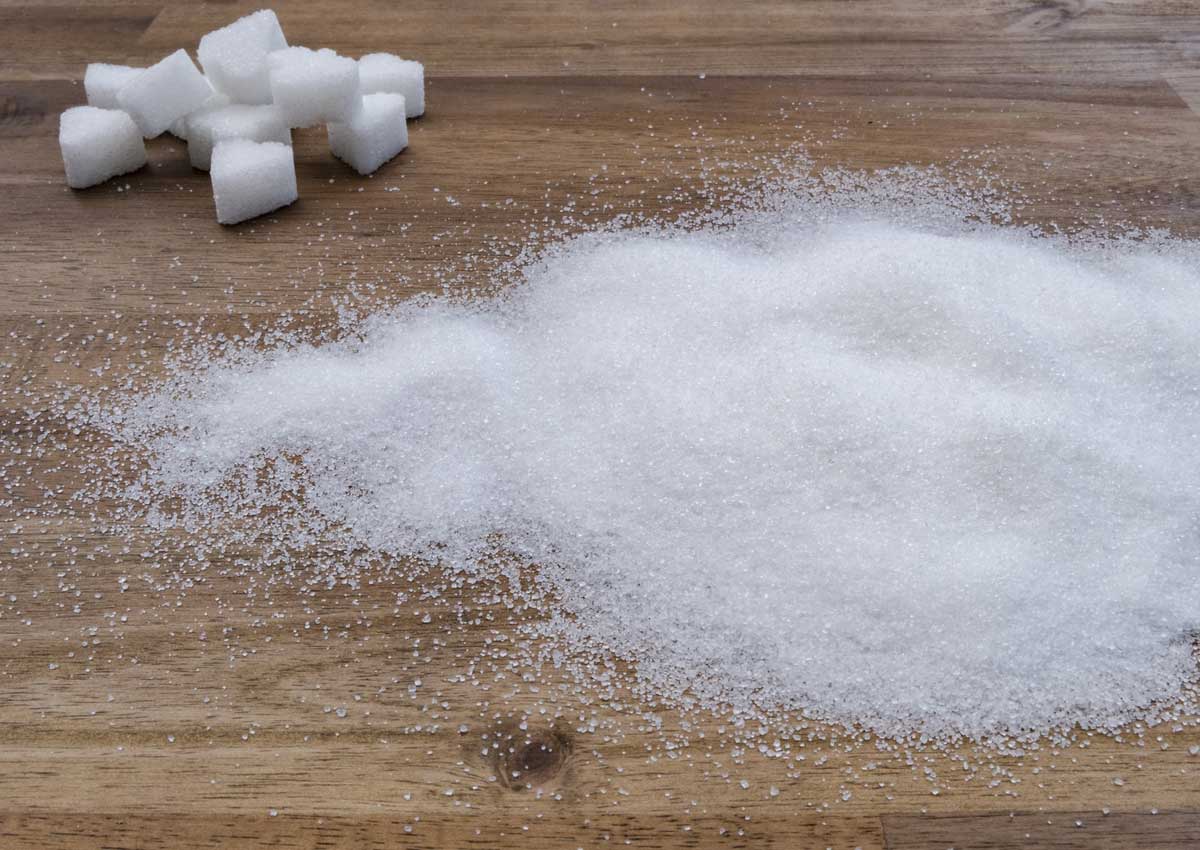A potential treasure trove is found in Malaysia's stingless bees

Honey bees need no introduction, but mention stingless bees and the general public may say, “What?”
However, these special insects are fast raising a buzz locally.
Firstly, they reportedly produce a lot more honey than even Australian bees (a rather expensive imported product in Malaysia) and secondly, they may be our country’s very own super food.
But there is a catch. Keeping them productive depends on preserving our forests and harvesting the bees in a sustainable manner – something that’s not really happening in this country right now.
Stingless bees (known in Malay as lebah kelulut) are being developed locally for their commercial, environmental, educational and eco-tourism values.
In a recent report, stingless bees have contributed over RM4bil to the national forestry industry, as the bees pollinate valuable trees such as cengal, meranti and merbau, according to Deputy Agriculture and Agro-based Industry Minister Datuk Anthony Nogeh Gumbek.
The bees also contribute RM66mil to the agriculture industry annually – the market price of the Malaysian Agricultural Research and Development Institute’s (Mardi) kelulut honey is around RM120 per kg.
Stingless bees are great pollinators, with the honey and propolis – harvested from their hives – believed to have medicinal benefits.
Honey from stingless bees is slightly sour because it ferments more, and studies show that antioxidant properties increase after fermentation.
Unlike honey bees, stingless bees are generally harmless to humans and domesticated animals. Another plus point is that they are resistant to the diseases and parasites that affect honey bees (that can sting).
Thriving in tropical and sub-tropical countries, there are over 500 species of stingless bees in the world, with 40 species found in Malaysia.
Stingless bees have short flight ranges of about 500m – making it easier to keep them among crops for pollination – compared to honey bees which have a flight range of 2km and thus, may fly to other farms.
Two scientists who were in Kuala Lumpur recently sang praises of Malaysia’s stingless wonders.
“Among the greatest commercial potential of stingless bees is as crop pollinators,” said Dr Tim Heard, former research scientist at the Commonwealth Scientific and Industrial Research Organisation (CSIRO) in Australia. Currently, Heard is an entrepreneur and private consultant in bee biology and pollination.
“You have fantastic bees here,” added Dr Cristiano Menezes, bee biology and bee management researcher, Brazilian Agricultural Research Corporation (Embrapa). “And you have a chance of dealing with the most productive stingless bees in the world. If the numbers that the beekeepers told us are correct, they produce twice as much honey as Brazilian bees, and maybe even more compared to Australian bees.”
Menezes and Heard were in Kuala Lumpur recently to speak at the 25th IdeaXchange Session organised by the Academy of Sciences Malaysia.
They also visited the Indo-Malaya Stingless Bees Repository at the Sekayu Agricultural Park and the Integrated Rubber and Stingless Bees Research Plot at Universiti Malaysia Terengganu (UMT).
PROPOLIS PLUS POINT
Heard said that the hive wall of the stingless bees is made of propolis as opposed to those of honey bees, which are made of wax.
“Therefore, the anti-microbial properties of the propolis seeps into the honey,” he said.
Added Menezes, “That means there is a chance of having medicinal properties and interesting flavours that can be exploited in the future, so the potential for Malaysia is fantastic. But you need forests, and you need to conserve the forests to have these bees managed.”
The honey produced by stingless bees in Malaysia are also unique to this region.
“Maybe you have similar species in Thailand or other Asian countries, but the honey and propolis produced there are completely different. So you can have different varieties (types) of honey from here, just like with different wines, and aggregate value to these products because you are the only ones who have it,” he said, adding that research must now be done with these products.
DESTRUCTIVE HARVESTING
So far, great news. But, there is one big problem: we may be killing the proverbial goose that lays the golden eggs, or rather, the bees that produce this golden honey.
The bee nests are lodged inside jungle tree trunks and harvesters chop down whole sections of trees to get at the nests.
“The current way of harvesting is not sustainable and destroys the natural habitat,” said Heard. “People are cutting down trees in the forest, chopping up sections of logs, putting a topping over them and extracting the honey.”
“It’s a productive system but completely unsustainable and everyone in Malaysia, from the scientific to natural resource communities, recognise this but it’s still happening. So that has to stop.”
Menezes added that when people remove logs with bees from forests, that will affect the other flora that requires stingless bees to pollinate.
“The more efficient, sustainable, economical and eco-friendly method is to breed bees in hives and then splitting them up to create more hives,” said Heard.
Malaysian stingless bees can be divided into two groups; one group can be farmed and kept in boxes while the other needs to be left in their natural habitat.
“Beekeepers here need to choose species that grow well in boxes. Two species that thrive in boxes in Malaysia are the Geniotrigona thoracica and Heterotrigona itama. Researchers from Mardi have already tried it and it is successful,” shared Menezes.
An important element in keeping bees in boxes is ensuring that the hives are divided properly and that each new hive has a queen.
“When the hives split, the new hive has to get a new queen, which is a process that can be done naturally. But if that does not happen, then human intervention is needed,” said Heard.
MAKING NEW QUEENS
Queens are produced when more food is fed to larvae; a larva that eats more becomes a queen, while those that eat less become worker bees – ah, such is the unfairness of the world!
Breeding bees in hives commercially means that they are removed from their natural habitat. Will that cause any negative impact in the long run?
“Yes, one question is, as we move away from natural beekeeping towards more highly developed, artificial methods, how do we ensure that we don’t lose the natural genetic diversity of the bees?” questioned Heard.
He explained that scientists need to understand the biology of bees better to commercialise them without damaging them or the environment in the process.
Another threat to beekeeping here and also globally is pesticide use.
“This is a big issue worldwide. Everybody is discussing ways to avoid killing the bees. Most of these pesticides are not compatible with bees, especially insecticides, which will kill the bees when they make contact,” said Menezes.
“For example, melon producers in Brazil need pollination and buy hives, but they also need to control the disease that affects the crops, so what they do is they keep the hives a bit further from the crops, about 100m, and instead of spraying the pesticides during the day, they spray during the night. That way, bees are surviving very well.”
Published at Sat, 16 Sep 2017 09:00:00 +0000





